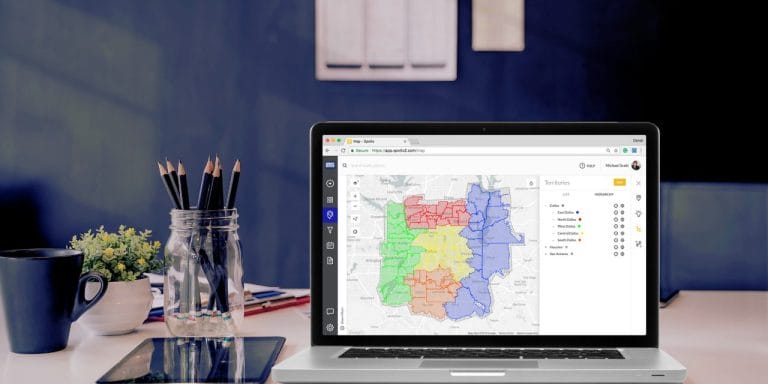You might as well use to your advantage all the technology available today like GPS processors in smartphones and tablets. The door to door reps are relied upon to not only be the face of your company but uphold goal expectations and being in the territory they say they are, all by good faith.
So, why should we track our door-to-door sales reps?
1. Identify Areas For Improvement
By tracking your door-to-door reps performance, you’ll be able to coach on an individual basis correcting inefficiencies and compare each reps performance.
For example; if you see that Bobby Jo has had “x” amount of knocks and getting “Y” amount of leads, yet Johnny has had three times the knocks and twice the number of leads, you’ll be able to compare and contrast those areas of opportunity Bobby Jo needs to improve on.
2. Don’t Lose Another Lead
So, let’s say one of your reps quit and “accidentally” takes their leads or never even kept up with them (crumpled up pieces of paper under the car seat ring a bell?).
Either way, it’s safe to say you’ve just lost money and leads you’ll never see again. While the old school method of pen, pad and clipboard are better than nothing you remember us talking about taking advantage of available technology earlier?
3. Work Your Territory Smarter
Your rep knocks on a door, and they aren’t home. So what do you do? Go to the next door, right? WRONG! Have your door-to-door rep verify and log the home address and go back another time. Because of the different demographics of neighborhoods and communities, people are home at different times so you need to knock a door at least 3 times to ensure you have the highest rate: from 9am – 12pm, 12pm – 4pm, 4pm to dark.
4. Information & Knowledge Give You POWER!
Before your rep moves on from a “not home” or “not interested” home, they should identify their surroundings. Does the house already have solar panels or have a roof prime for some? Do the window seals look new? Are there signs of insects or rodents? Is there hail damage to the siding or gutters?
Whatever the service is you’re offering, your reps should be collecting information on the home. If the homeowner isn’t interested, know why they aren’t or what competitor they are using, and come back when services are offered or for a more seasoned sales rep to tackle.
5. Are They Even Working
If you are a sales manager and manage a team of door to door or sales reps you have DEFINITELY asked yourself this question at one point or another. You can’t sell anything if you aren’t even making attempts! Set a minimum goal of attempts per day then follow up on it by checking either their knock notes or SPOTIO account.
Know your companies KPI ratios so you can easily spot when somebody is flubbing the numbers. 100 door knocks and 2 presentations? I don’t think so…
To take your door to door team to the next level with SPOTIO’s sales rep tracking app. There is no doubt you must know what is going on in the field and to do that it is all about tracking the activities.
With the right tools and these five reasons to track your Door to Door reps, a sales manager can effectively monitor, coach and drive their team.
______
SPOTIO is the #1 field sales engagement and performance management software that will increase revenue, maximize profitability, and boost sales productivity.
Want to see a product demonstration? Click here to see how SPOTIO can take your sales game to the next level.




